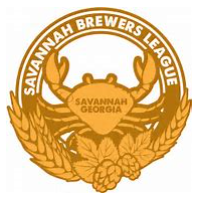2025 Uber Open Info
Account Registration
Registration is closed.
Entry Registration
Entry registration is closed.
Rules
-
Competition will be held on Saturday, August 23, 2025 at 11 AM
-
1 standard bottles per entry (1 entry = one 12 oz bottle).
-
Entry label must be printed and attached to each of the bottles. Hand written if absolutely necessary but must have the same fields as printed label.
-
Entry must arrive prior to the shipping/drop off date (by the start of the competition - 11 AM)
-
No more than 3 entries per brewer/household and 1 entry per category
BJCP 2015 / 2021 Judging Styles
If a style's name is hyperlinked, it has specific entry requirements. Select or tap on the name to view the subcategory's requirements.
| 50A Traditional Lemoncello (Custom Style) | 51A Traditional Fruit Cello (Custom Style) | 52A Other Non-Traditional Cello (Custom Style) |
Number of Bottles Required Per Entry: 1
Judging Sessions
Uber Open Judging
Saturday, August 23, 2025 11:00 AM, EDT
